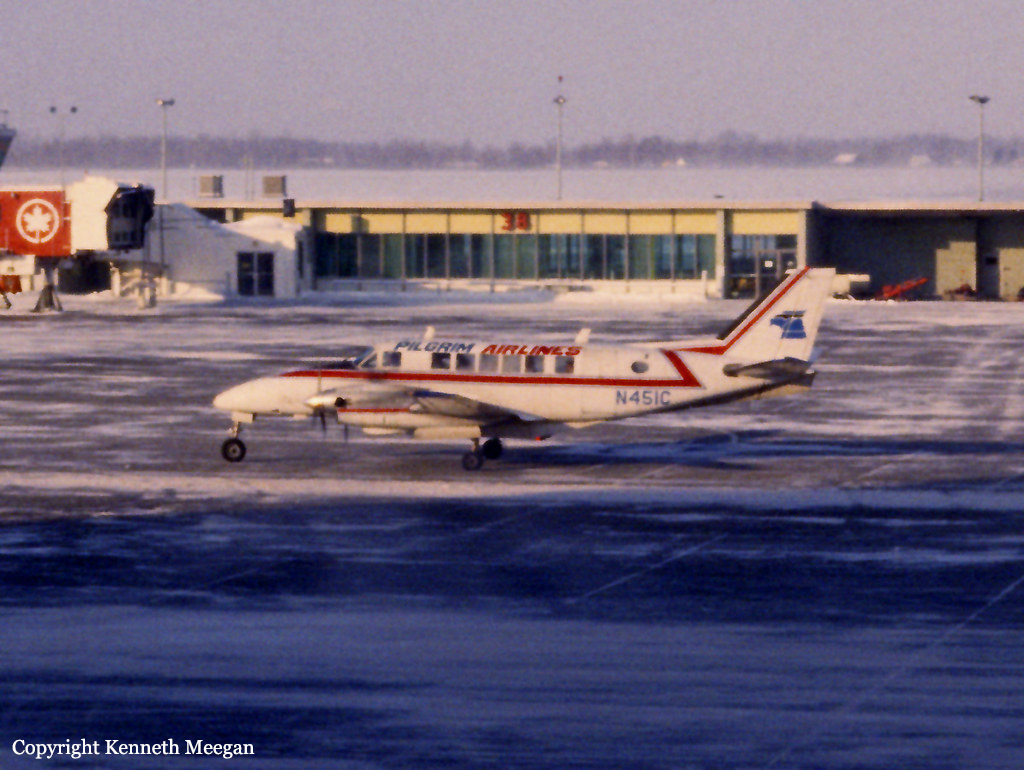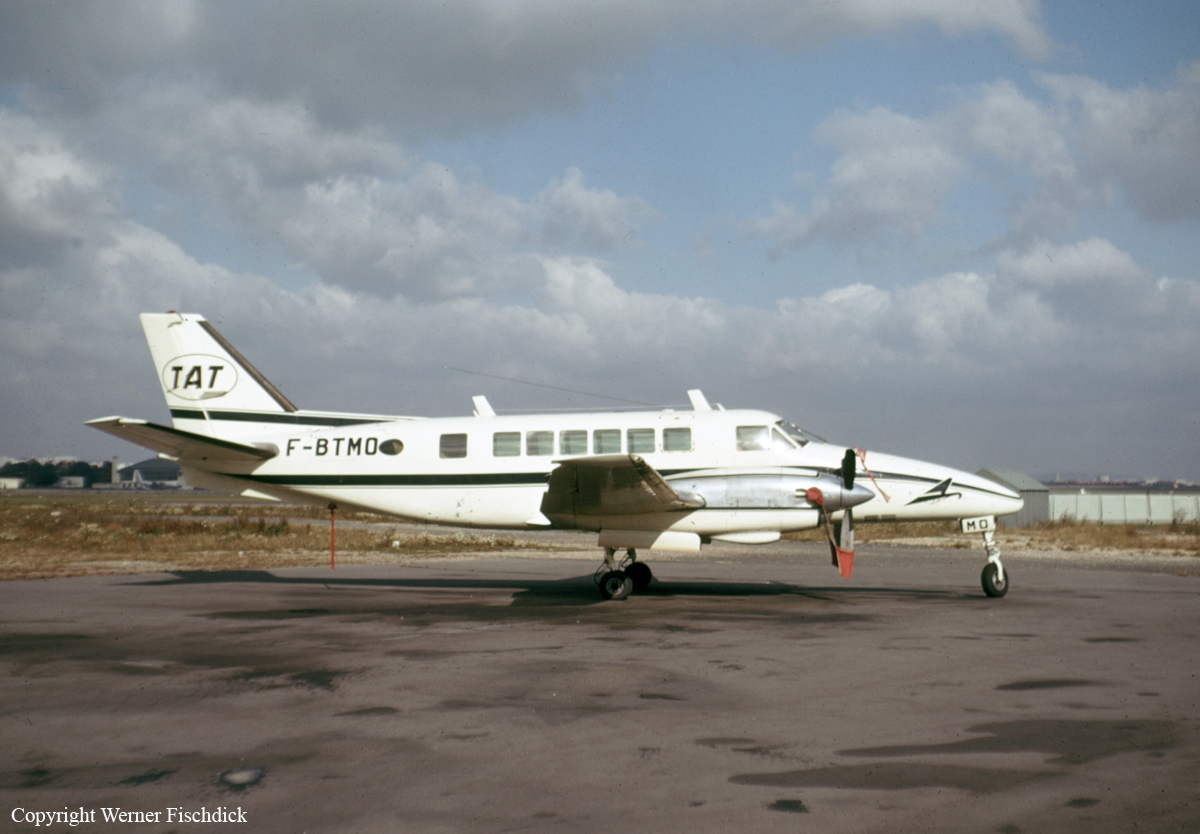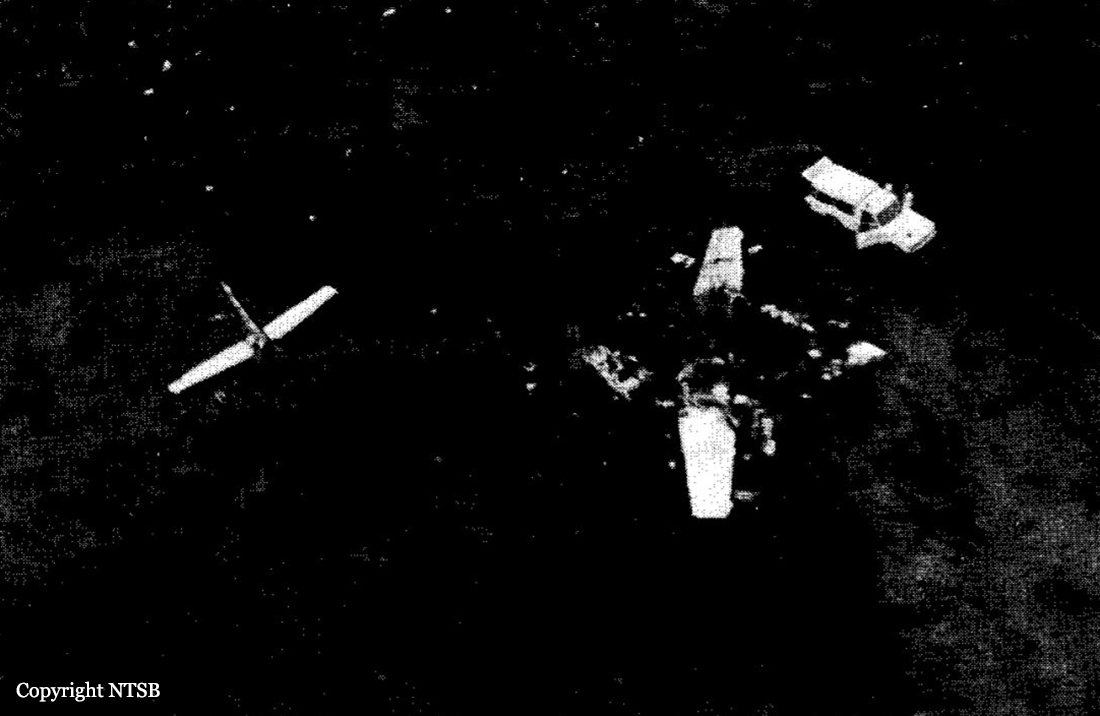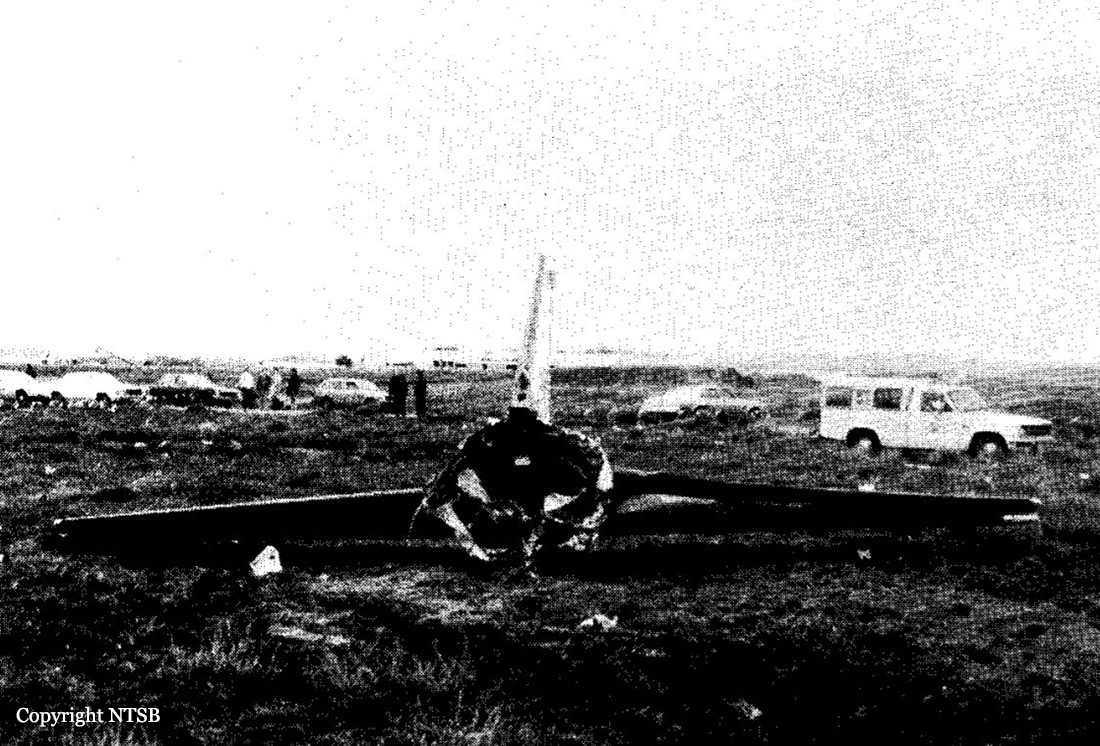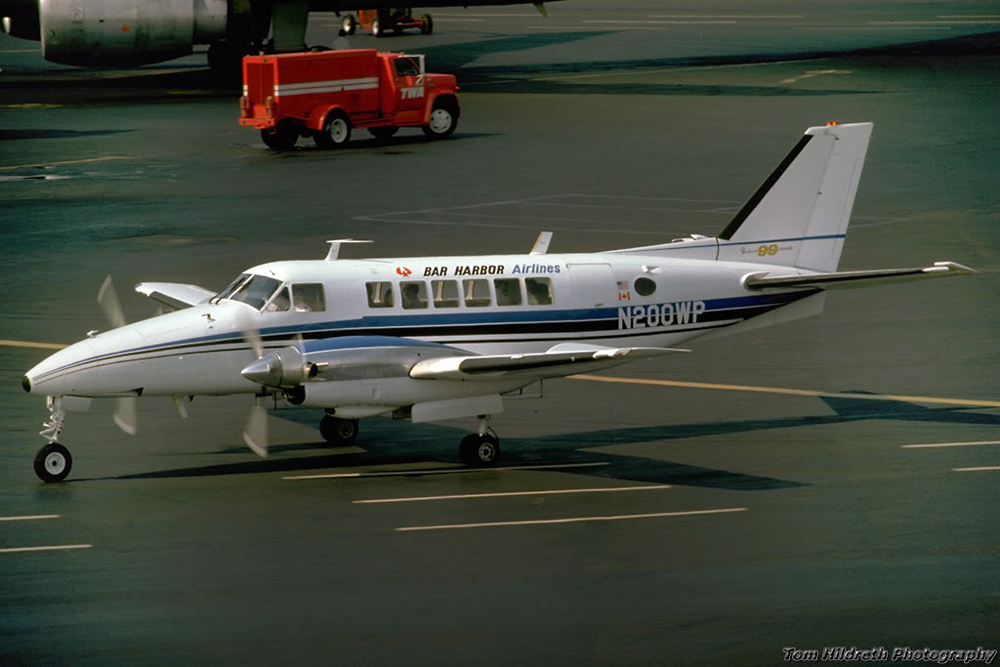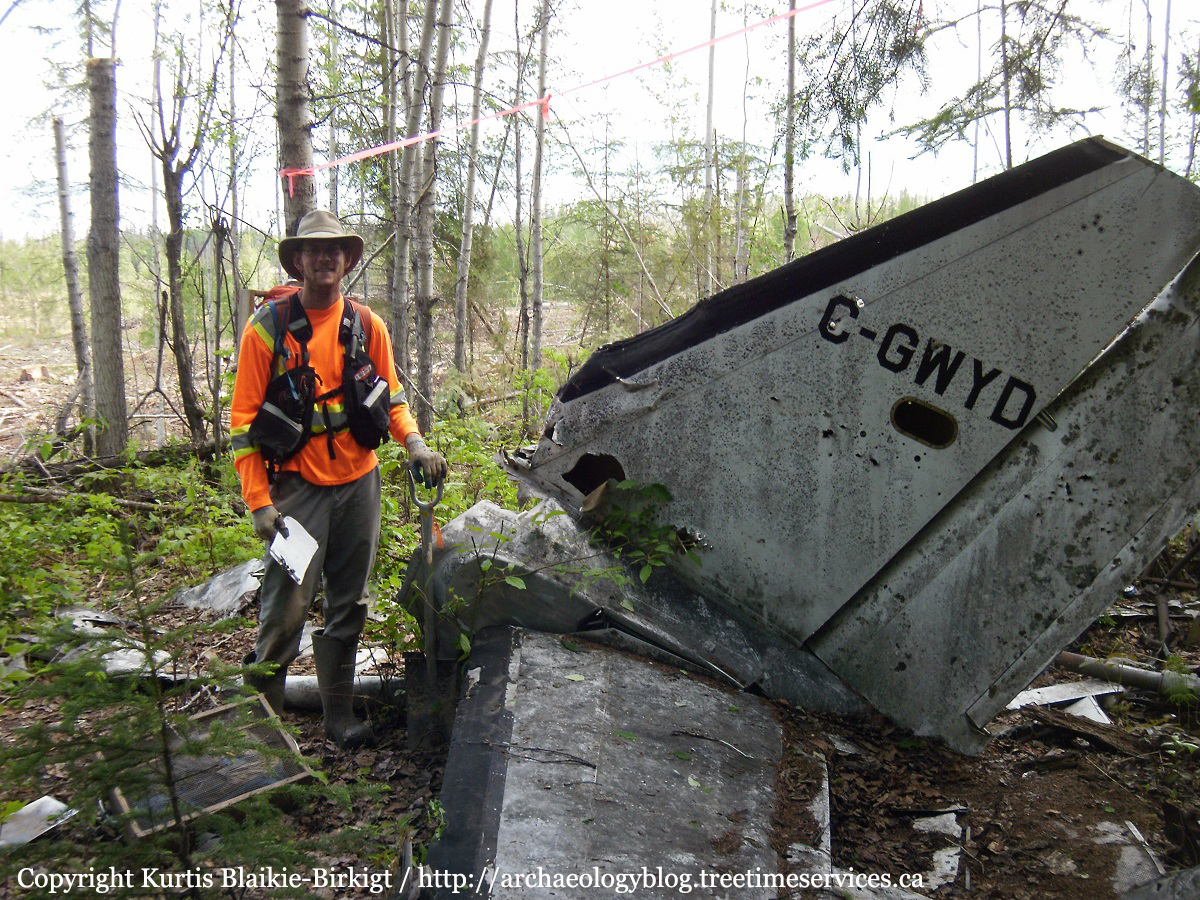Crash of a Beechcraft 99 Airliner in Groton
Date & Time:
Feb 1, 1982 at 0045 LT
Registration:
N451C
Survivors:
Yes
Schedule:
New Haven - Groton
MSN:
U-66
YOM:
1969
Crew on board:
2
Crew fatalities:
Pax on board:
5
Pax fatalities:
Other fatalities:
Total fatalities:
0
Captain / Total hours on type:
400.00
Aircraft flight hours:
19188
Circumstances:
After crossing the mondi intersection inbound for an ILS runway 05 approach, the captain felt that a proper descent was not possible due to a strong tailwind and their present altitude. They turned and proceeded outbound to lose altitude. The crew then established themselves again on the inbound course at an airspeed of approximately 120 knots. The copilot reported that around 300 feet "the bottom dropped out." the aircraft crashed onto the surface of a frozen cove and slid onto marshy terrain and stopped about 500 feet short of the runway. An NTSB weather summary shows that the following wind regimes existed when the aircraft made its approach: 5,000 to 24,000 ft asl, wind 220/50; 2,400 to 450 feet asl, wind 180/30; 450 feet asl to surface, wind 100/5. Using the above wind regimes and assuming an approach airspeed of 123 knots, the following ground speeds were computed: 5,000 to 2,400 ft asl, 155 knots; 2,400 to 450 feet asl, 147 knots; 450 feet asl to surface, 118 knots.
Probable cause:
Occurrence #1: in flight encounter with weather
Phase of operation: approach - faf/outer marker to threshold (ifr)
Findings
1. Light condition - dark night
2. (f) weather condition - low ceiling
3. (f) weather condition - fog
4. (f) weather condition - turbulence in clouds
5. (f) weather condition - downdraft
6. (c) weather condition - windshear
----------
Occurrence #2: loss of control - in flight
Phase of operation: approach - faf/outer marker to threshold (ifr)
----------
Occurrence #3: undershoot
Phase of operation: descent - uncontrolled
----------
Occurrence #4: in flight collision with terrain/water
Phase of operation: descent - uncontrolled
Findings
7. Terrain condition - icy
Phase of operation: approach - faf/outer marker to threshold (ifr)
Findings
1. Light condition - dark night
2. (f) weather condition - low ceiling
3. (f) weather condition - fog
4. (f) weather condition - turbulence in clouds
5. (f) weather condition - downdraft
6. (c) weather condition - windshear
----------
Occurrence #2: loss of control - in flight
Phase of operation: approach - faf/outer marker to threshold (ifr)
----------
Occurrence #3: undershoot
Phase of operation: descent - uncontrolled
----------
Occurrence #4: in flight collision with terrain/water
Phase of operation: descent - uncontrolled
Findings
7. Terrain condition - icy
Final Report:
